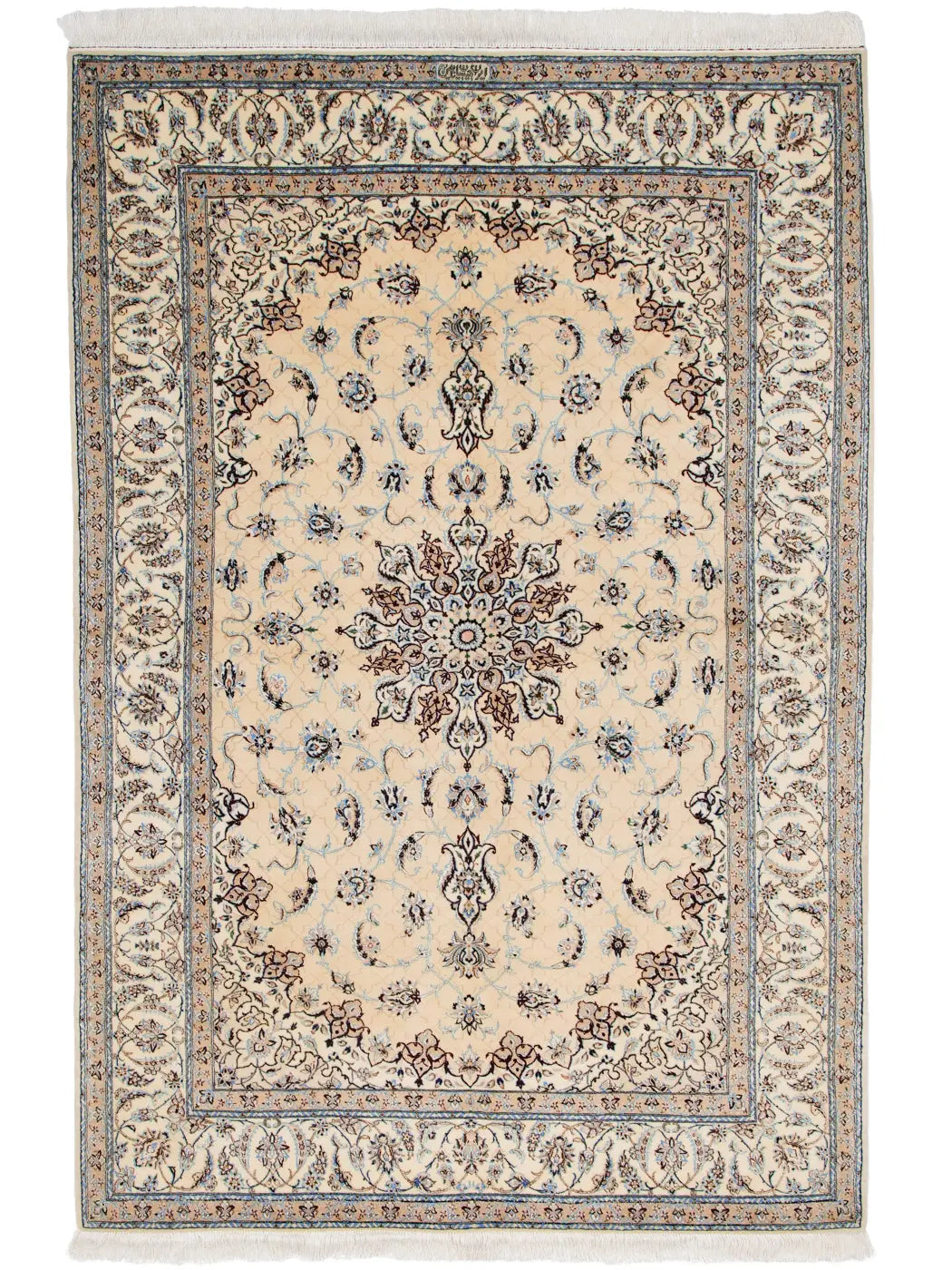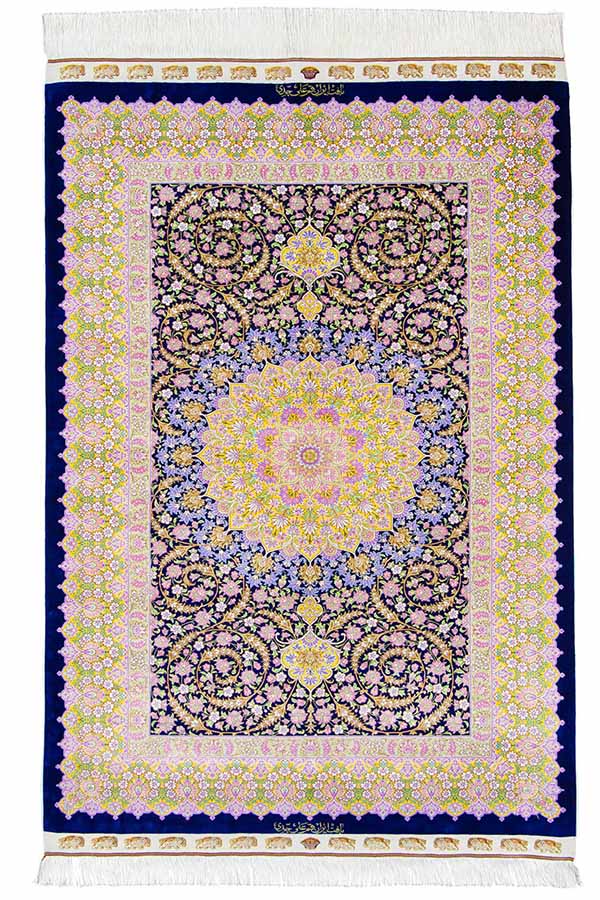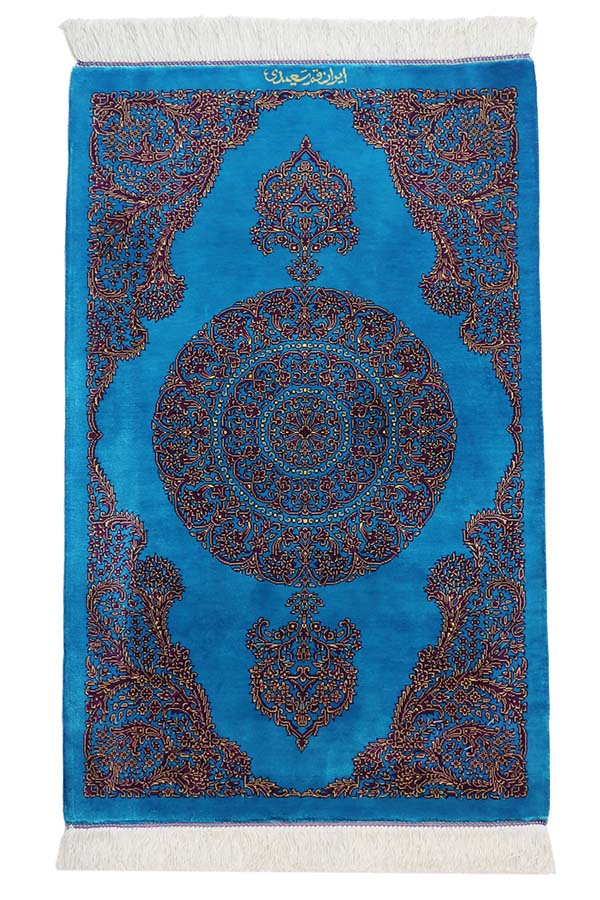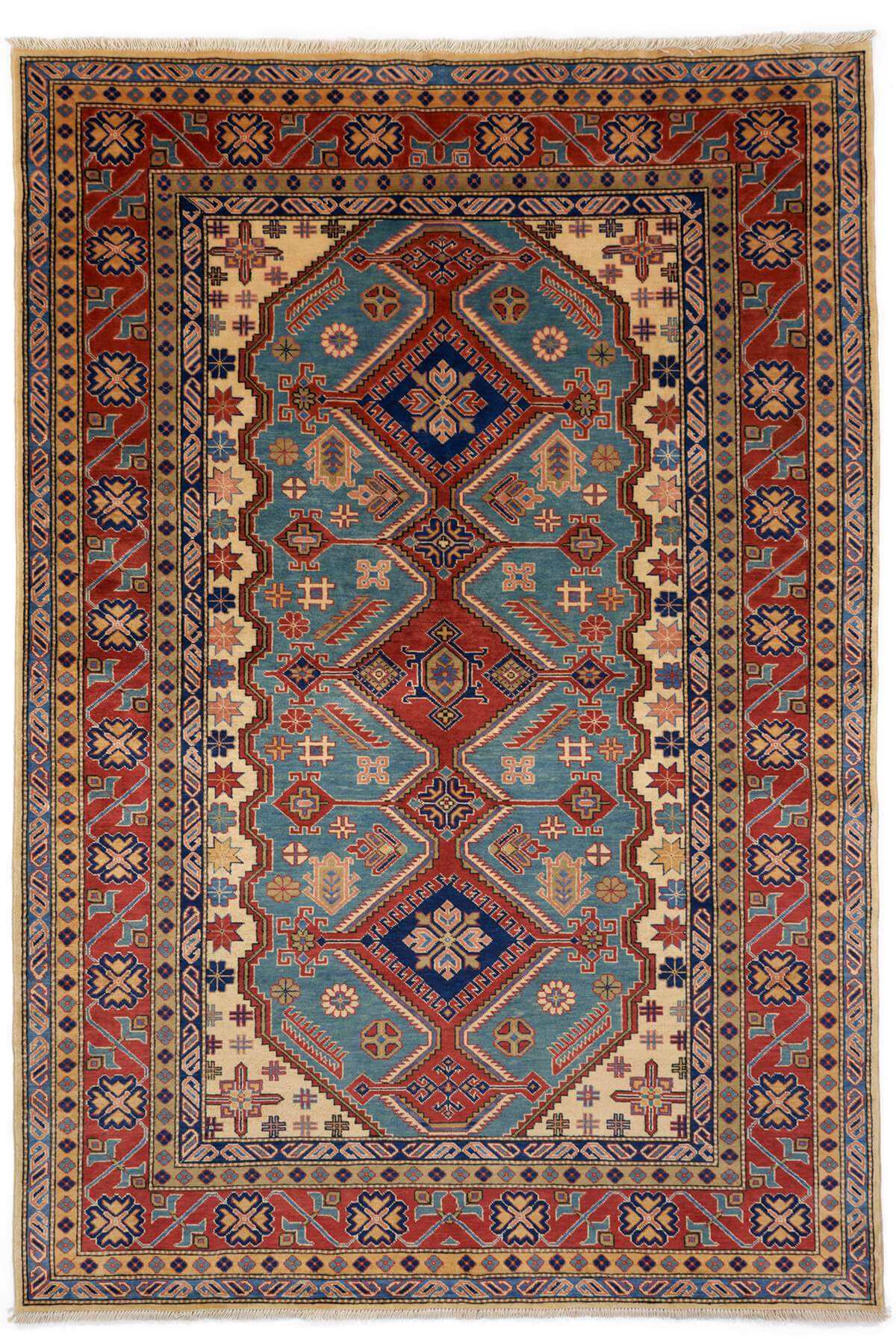Hamadan
Type: Persian carpet
Location: Western Iran (formerly Persia)
Knot Density: 100,000 - 300,000 knots per square meter
What makes it special: One of the oldest cities, red and blue colour scheme
Pile: Wool
Hamadan rugs are known for their characteristic red and blue color schemes, traditionally dyed using natural Iranian dyes. The designs are mostly geometric, though floral motifs can also be found. While some pieces from areas like Hosseinabad or Nahavand are more intricate, Hamadan rugs are generally recognized for their simple and straightforward patterns.
Older Hamadan rugs are especially prized, known for their strong and durable construction using cotton warps. These vintage pieces have become increasingly rare and are valued for their historical significance and craftsmanship. Even today, rugs from the Hamadan region are appreciated for their toughness and suitability for everyday use.
Historically, all Hamadan rugs were woven using hand-spun yarns. However, due to economic changes, modern rugs may incorporate industrially produced yarns. These are often dyed in simple tones using a more streamlined dyeing process. Traditionally, blue was derived from the indigo plant, and red from madder root, though chemical dyes are now sometimes used as well.




